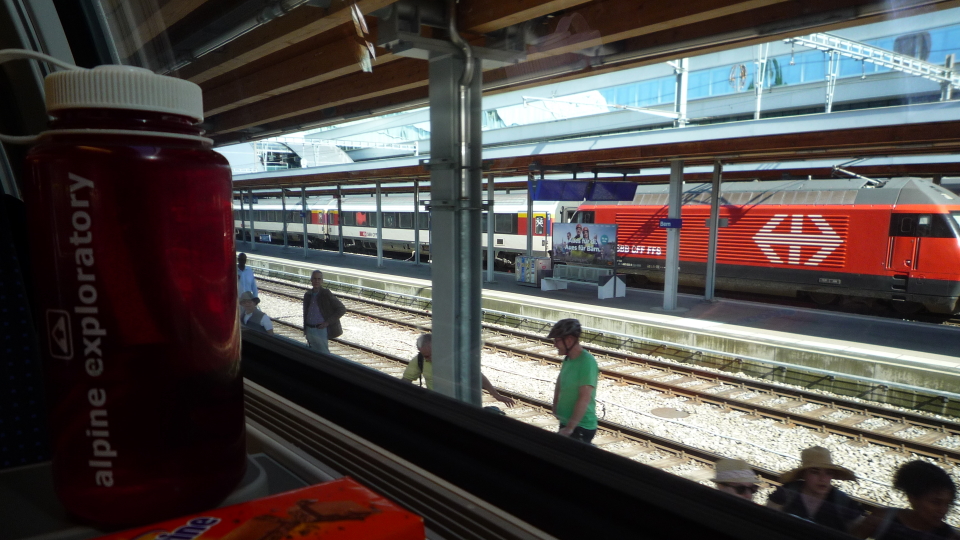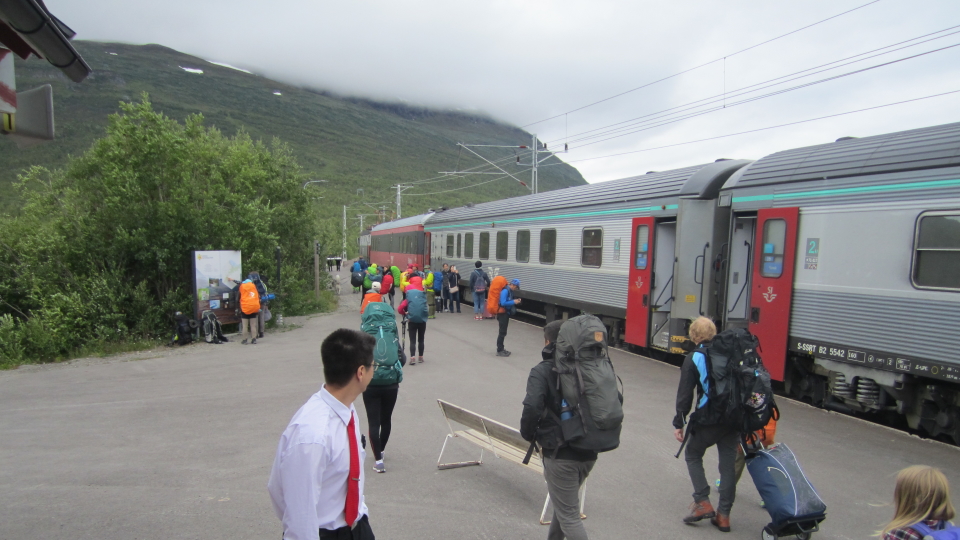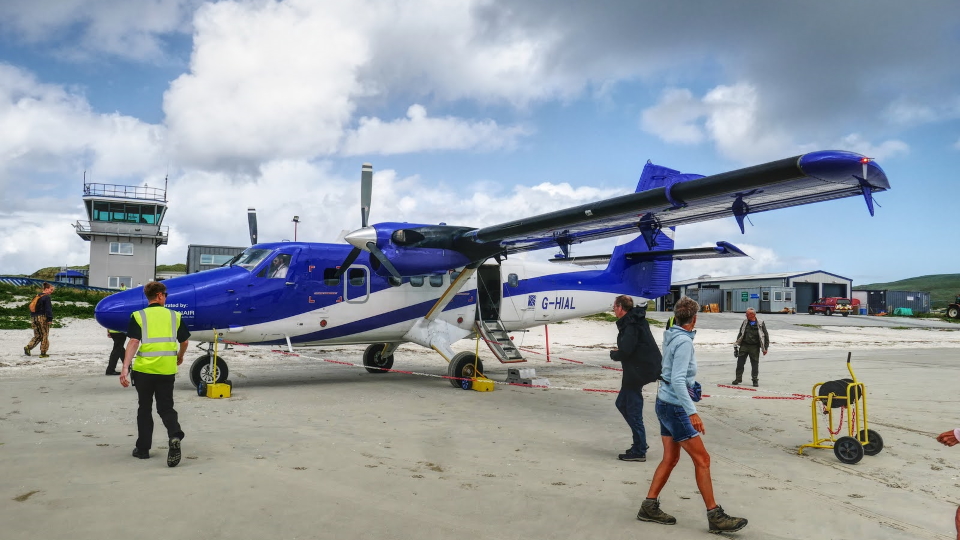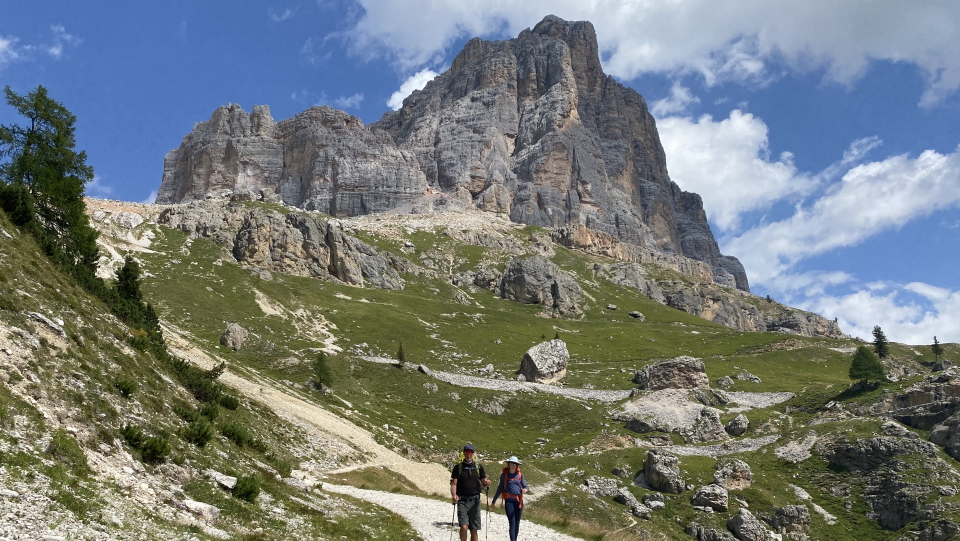Cross-European trips
 Travel – see all our background pages
Travel – see all our background pages
 West Highland Way
West Highland Way Austria
AustriaThe Adlerweg crosses the Tyrol, in Austria, in two weeks. It’s fairly solidly East to West. The easiest way to get to the start (St Johann-in-Tyrol) is to fly into Salzburg, we could say, as long as you find decent flights. The easiest way out from St Anton at the end is to continue along the train line to Zurich. Around these basics are many options, as we’ll discuss.To see more of Austria, or indeed Germany, before your start, fly into Munich and work your way down. The simplest train from Munich to St Johann goes via Kufstein, or Worgl, and changes for the smaller line to St Johann which is a stop beyond Kitzbuhel. By exploring further East from St Johann you would get first to Zell-am-See and then Salzburg, which is worth a night and has its fine castle above the town.After the Adlerweg the natural line of the trail suggests that you continue your onward journey West, into Switzerland, and of course once at Zurich you are on the whole Swiss system. One option would be to head South from an earlier point in Switzerland, Landquart, to reach Chur which is on the main line and which is a centre for the fabulous Swiss trains in the South East. This is the area of the Engadine, of Davos and of St Moritz. Come home at the end through Zurich or, with a longer journey and a local airport bus at the end, Basel.Via Alpina
 Switzerland
SwitzerlandOn the Via Alpina, formerly the Alpine Pass Route, we cross Switzerland from East to West. In the course of doing this, we nip in and out of all sorts of Swiss villages and train systems, such that by the end of the three weeks – or any one week along the way – you might want to explore another country!
It is easy to reach Italy from the Via Alpina, and one way to do this would be to backtrack to Kandersteg (on the route) and take the train first to Brig and then to Milan. For France, Montreux at the end is well-placed and you might take the train first along the lake to Lausanne (lovely) or Geneva (less so) and branch into France. The French town of Annecy is popular but in our view is overrated. Paris itself is about 5 hours by train from Montreux through Basel and then Strasbourg.
Before your Via Alpina, arriving into Sargans, you might have planned to see Liechtenstein, that tiny country, but even without plans you can see it by bus and back from Sargans. Thinking further back, you could reach Sargans from points in Austria, where trains extend all the way from Vienna, Salzburg and Innsbruck.
These are only two trips, of the many, and please email us if you would like to chat about other travel ideas.

 Sweden
Sweden
 England
England Scotland
Scotland
